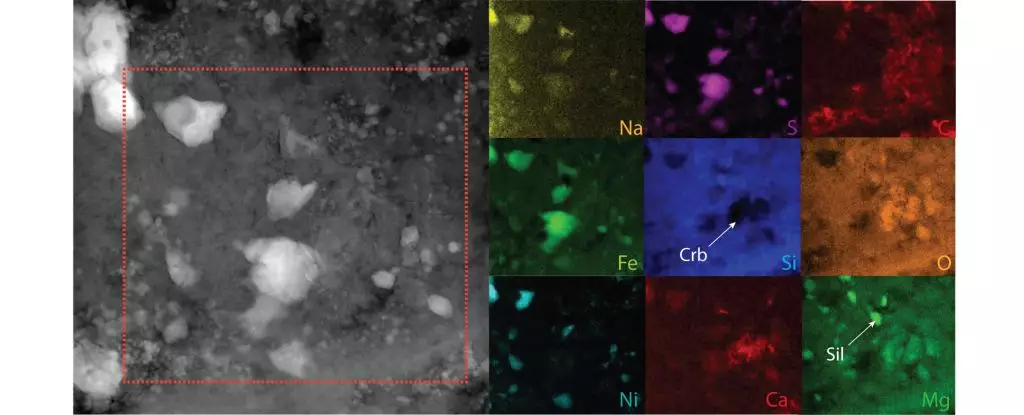Throughout the 4.5 billion years since the formation of the Solar System, the components from which everything emerged have been transformed by various celestial phenomena. However, a recent discovery has shed light on the ancient history of our cosmic neighborhood. In 2018, scientists discovered traces of material within a meteorite that are believed to have originated in the protoplanetary disk that surrounded the Sun in its infancy. This finding provides valuable insights into the early stages of the Solar System and the fundamental building blocks that gave rise to our world.
The Sun, like other stars, was born from a dense cloud of dust and gas. As the cloud collapsed under its own gravity, a spinning disk of material formed around the protostar. This disk eventually coalesced to form the planets, moons, asteroids, comets, and the icy bodies of the Oort Cloud. The Oort Cloud, situated at the edge of the Solar System, comprises pristine remnants of the original disk and offers a glimpse into the ancient past of our cosmic environment.
While the Oort Cloud contains valuable ancient material, studying it up close has proved difficult. Long-period comets, originating from the Oort Cloud, occasionally venture into the inner Solar System, but they often disintegrate upon entering Earth’s atmosphere. Meteorites have proven to be vital in overcoming this challenge, as they can contain remnants of cometary material that survived the journey through space and provide scientists with a window into the early Solar System.
Researchers, led by cosmochemist Elishevah van Kooten, analyzed a meteorite known as Northwest Africa 14250 (NWA 14250) to uncover clues about the composition of the early Solar System. By examining the minerals and isotopes present in clasts within the meteorite, the team identified material that is likely of cometary origin. This discovery suggests that meteorites such as NWA 14250 could serve as valuable tools for understanding the formation of our cosmic neighborhood.
Uniformity in the Protoplanetary Disk
In addition to revealing the presence of primordial material in meteorites, the researchers found similarities between the clasts in NWA 14250 and those in meteorites from the outer Solar System and samples from the asteroid Ryugu. This resemblance indicates that the composition of the protoplanetary disk was relatively consistent during the Solar System’s formation. The isotopic signature of the comet-forming region appears to be widespread among outer Solar System bodies, highlighting a common planetary building block in the ancient cosmos.
The discovery of cometary material within meteorites such as NWA 14250 offers a unique opportunity to unravel the mysteries of the early Solar System. By studying these ancient remnants, scientists can gain valuable insights into the processes that shaped our cosmic environment billions of years ago. The findings not only enhance our understanding of planetary formation but also provide a deeper appreciation for the intricate interplay of celestial forces that have shaped our world.



Leave a Reply